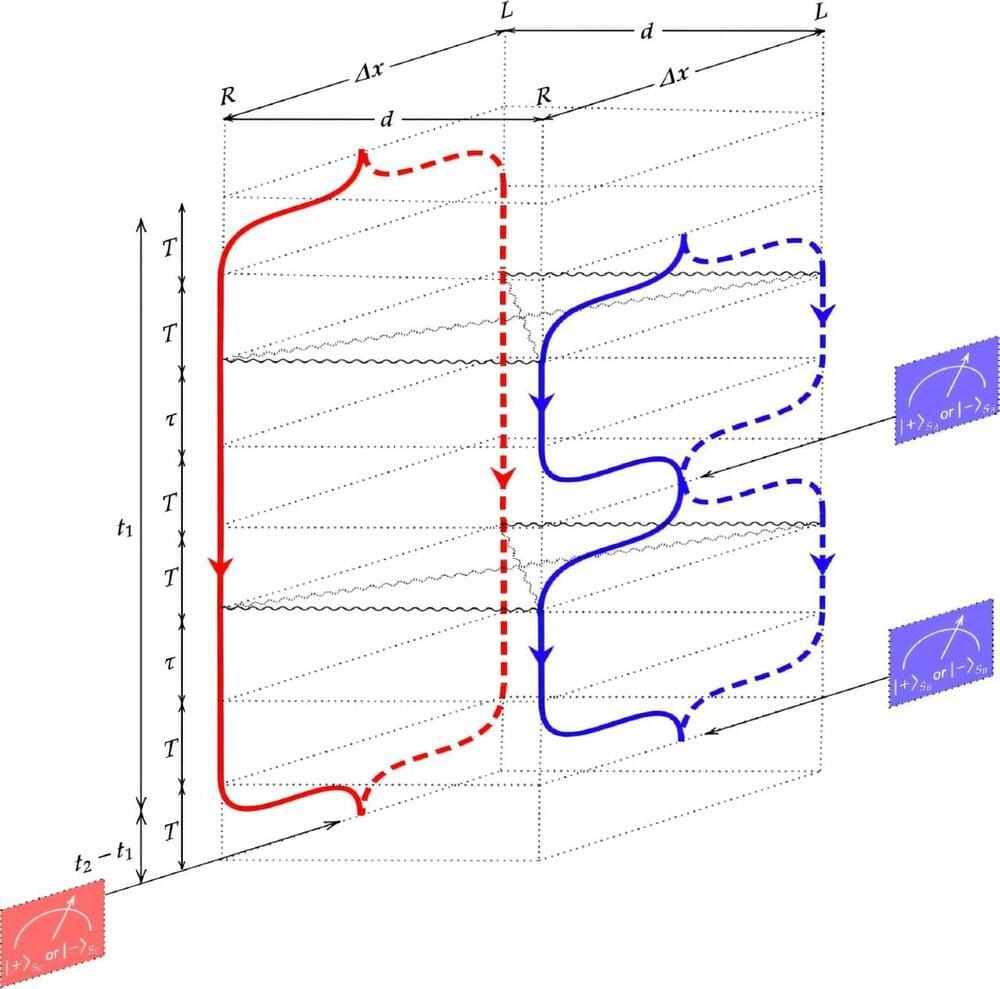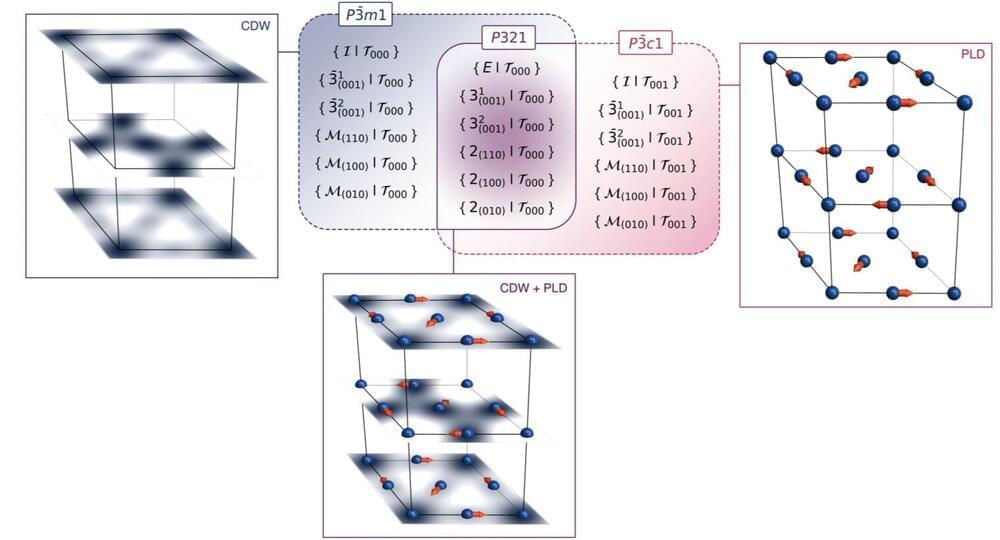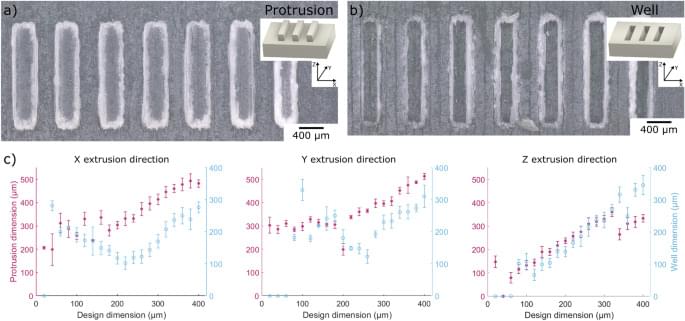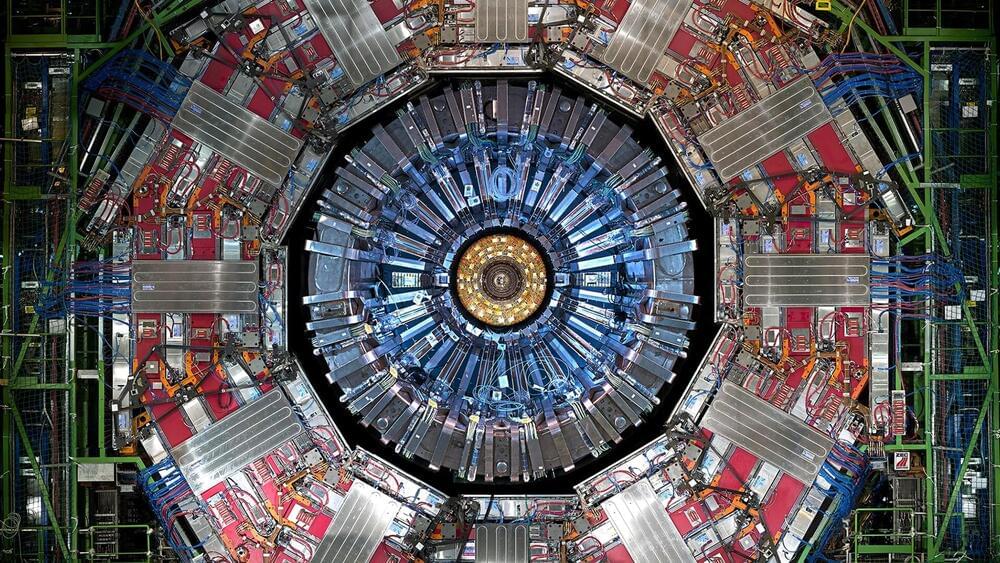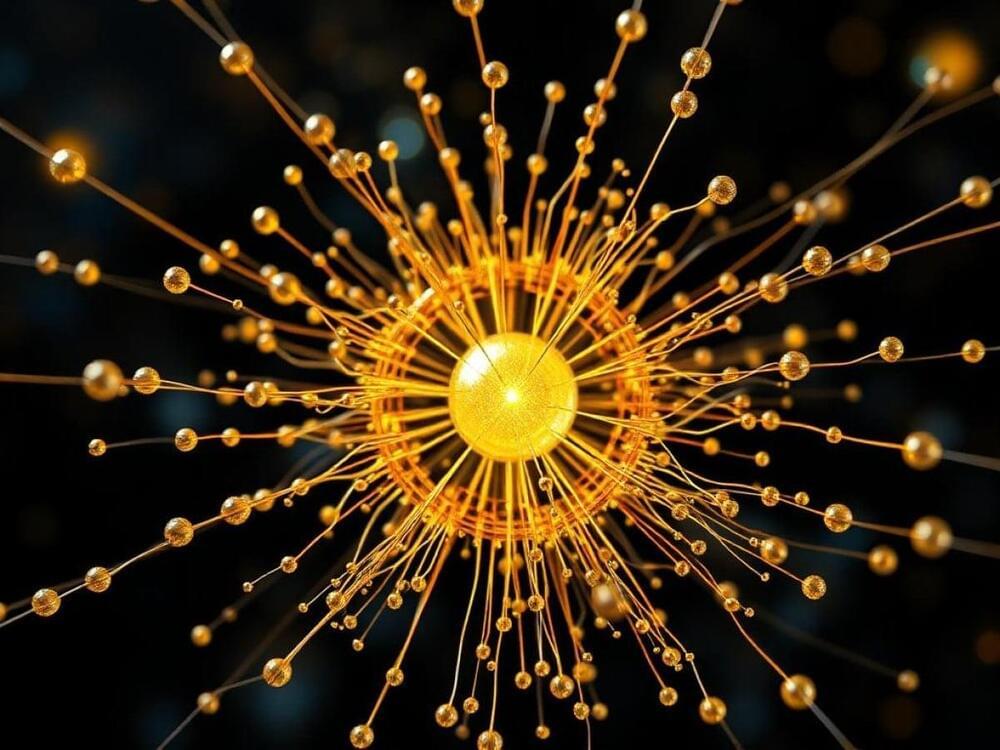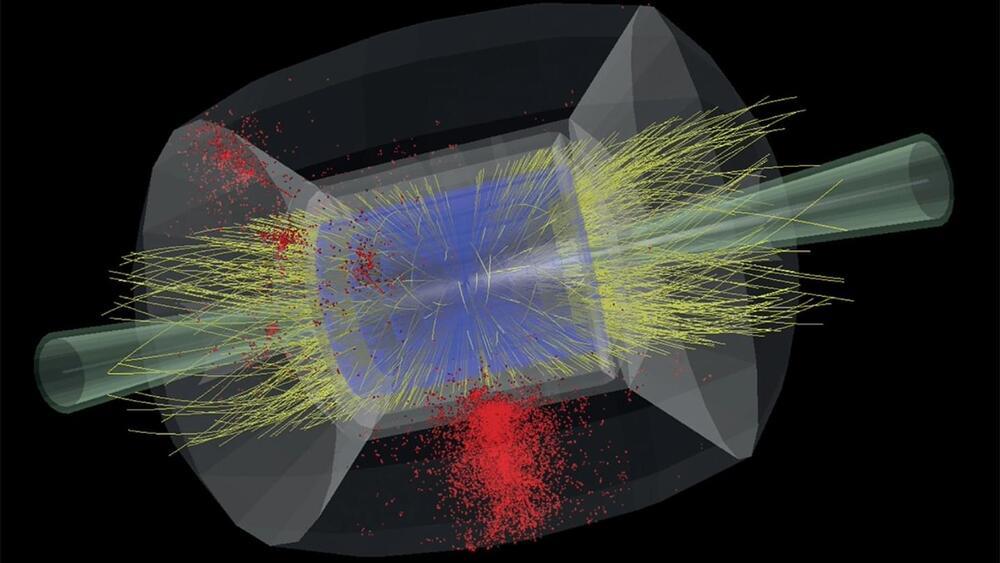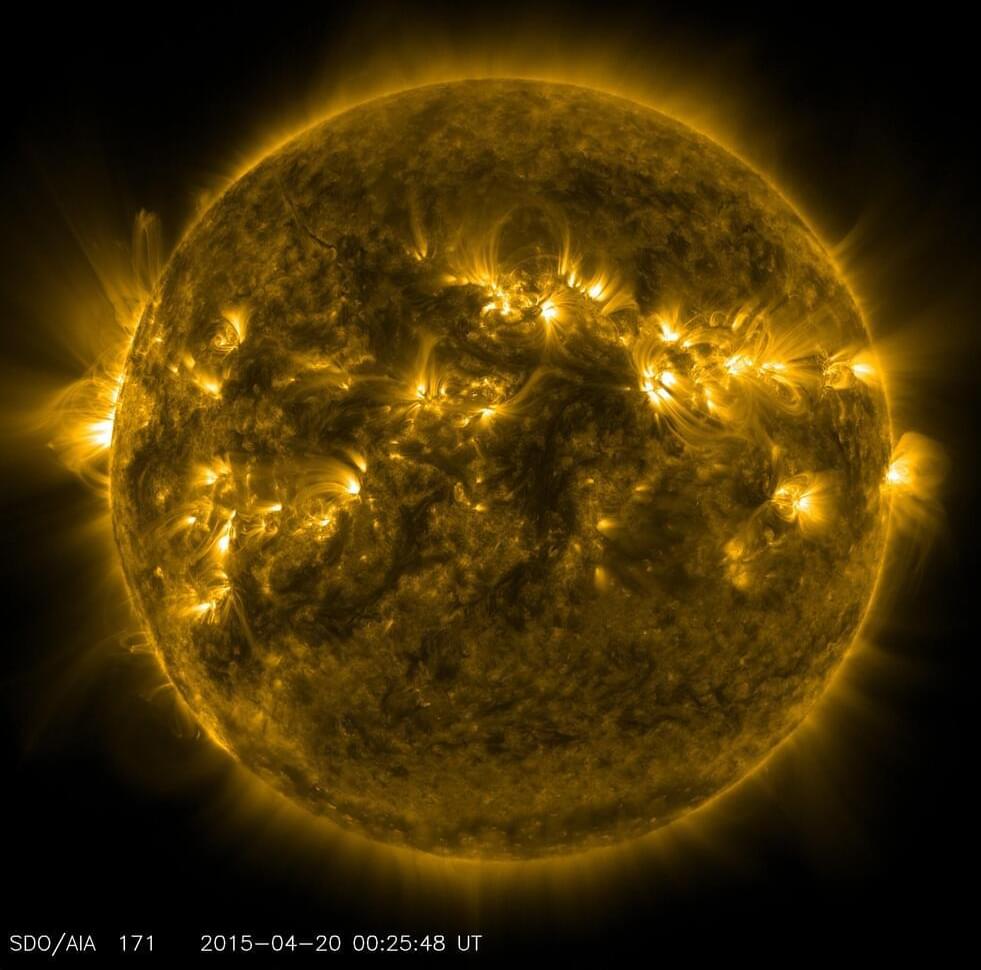Physicists have learned a lot about the makeup of the universe over the past century and have developed many theories to explain how everything works. Two of the biggest are Einstein’s theory of general relativity, which describes the visible or classical world, and quantum theory, which describes the quantum world.
But one thing physicists do not understand completely is gravity. They also do not know if it fits into general relativity or quantum physics. Figuring out what gravity is would go a long way toward the development of a grand unified theory of physics, which would tie the two fields together—one of the biggest goals in the physics world.
In this new research, the team has developed an idea for a so-called table-top experiment that could be used to show whether gravity is changed when measured—if so, that would give strong evidence that it is a quantum property.
